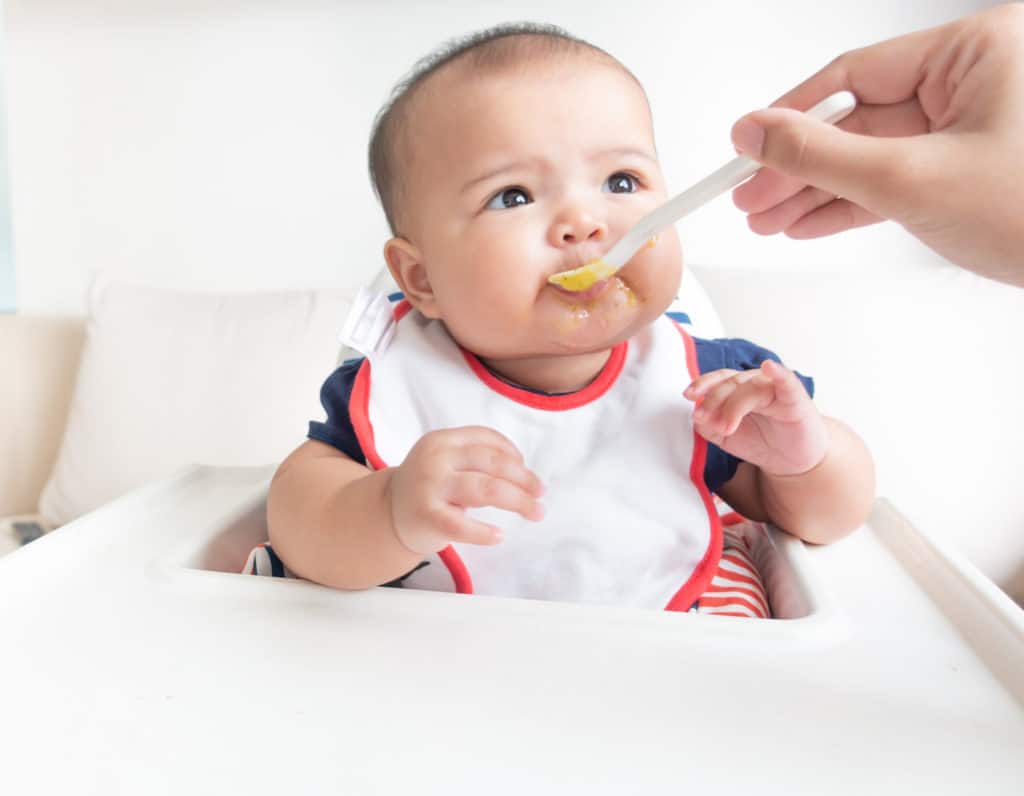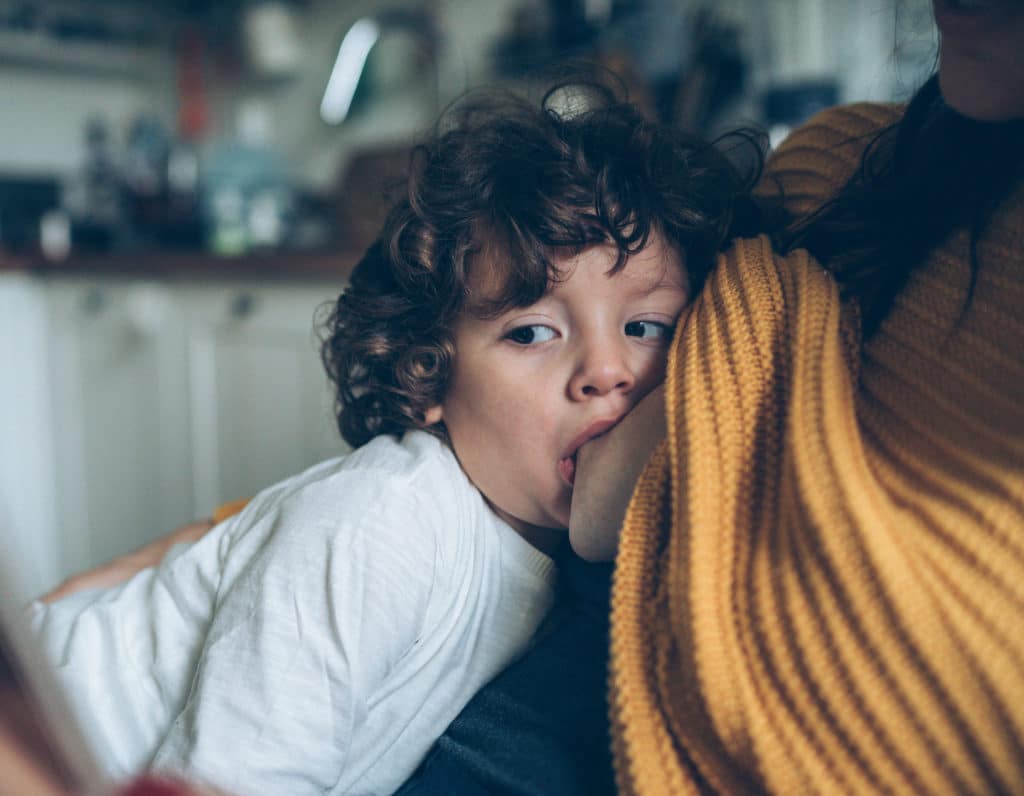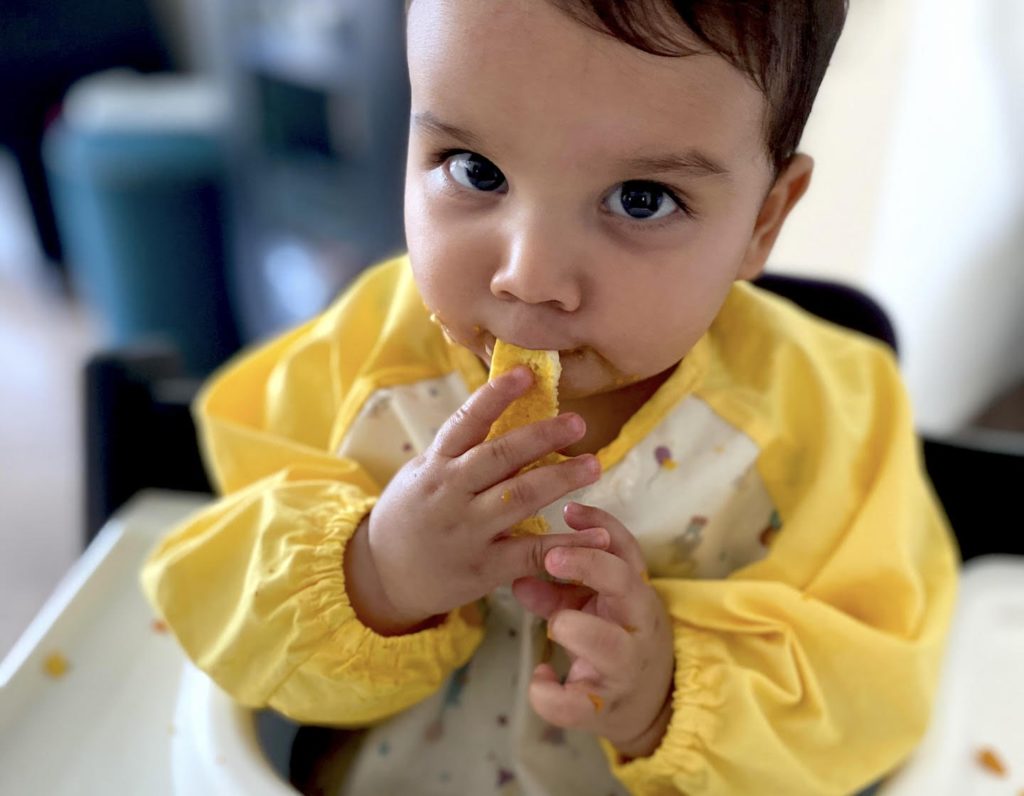
Wondering if your baby is ready for solid food? Unsure whether to try baby led weaning or feeding with purees? Here’s an intro to baby led weaning and how to know if your baby is ready
You’re probably reading this because your baby is ready to start solids soon, you’re curious about the concept of baby led weaning or just confused about which weaning method to choose for your baby. I’m going to give you a detailed overview about baby led weaning, why we chose it, and signs that your baby is ready for solid food, to decide if this is the right weaning approach for your baby. Plus later we look at how to get started and all the baby-led gear you’ll need.
Full disclaimer: There is no right or wrong method to feed your baby! Pick one that works for you and your baby. Do your research on the pros and cons of all the methods before committing to one method.
Watch this space as we roll out more useful tips on baby led weaning in the coming weeks!
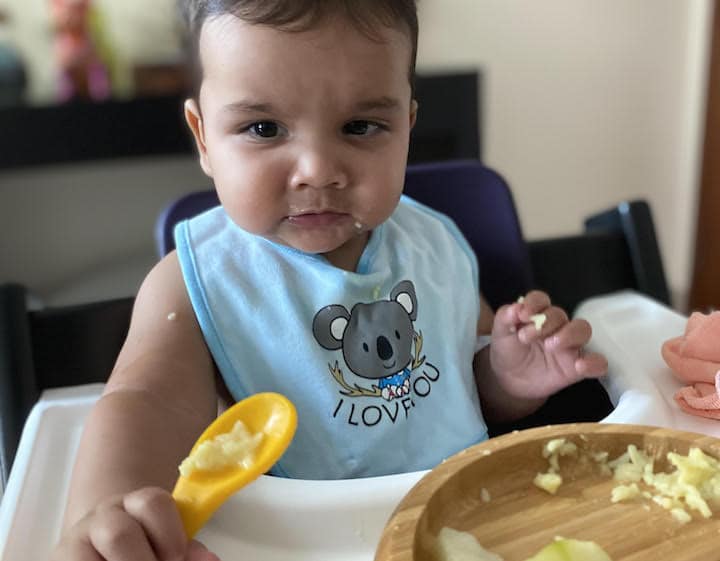
What is Baby Led Weaning?
Baby led weaning is a feeding approach where you encourage your baby to be independent and self-feed solid finger foods instead of spoon-feeding them puree. Your baby will eat safe-modified versions of the same foods the rest of the family eats and they will skip the puree stage. Unlike with traditional weaning where babies are spoon-fed (and parents often decide how much the baby eats), with baby led weaning your baby will get to choose what they eat, how much, and how quickly to eat.
I learned about Baby led weaning through my sister in law. She used to document my nephew’s food journey and it was fascinating to watch him eat. My nephew is a 2-year old gourmand who slurps ramen and chomps on a falafel roll with equal gusto. He has complete mastery over his cutlery, drinks from a glass cup, eats from a porcelain plate. Sounds like a dream doesn’t it? My sister-in-law credits his good eating habits to baby led weaning!
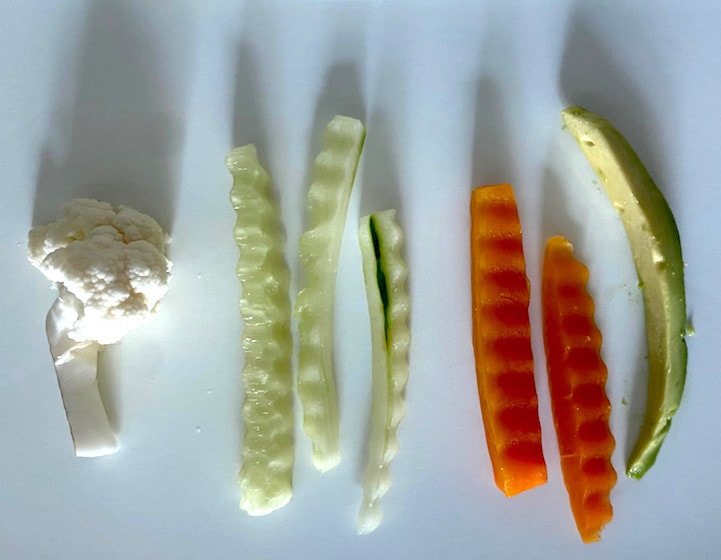
How is Baby Led Weaning Different From Traditional Weaning?
Once your baby is ready for solids, there are three weaning approaches:
- Traditional weaning where the parent or caregiver spoon-feeds purees until baby graduates to solid food
- Baby led weaning where the baby skips purees and starts with finger-foods
- Combination approach, where you allow your baby to try traditional weaning and BLW at the same time
There is no right or wrong method to feed your baby. Pick one that works for you and your baby. Do your research on the pros and cons of all the methods before committing to one method.
I had made up my mind to do baby led weaning with my son Siddhartha (Sid) because I was really sold on its principles and the positive impact it has on a child’s food habits. We are a family of foodies who love to travel. We wanted Sid to be an adventurous eater and enjoy food wherever we went. We wanted him to have a healthy relationship with food and get exposure to different flavours, spices, textures from the beginning.
Also, the thought of making separate pureed meals and running behind my child to feed him didn’t appeal to me. It seemed stressful and time-consuming. I wanted to respect my child’s independence and give him the freedom to enjoy food at his own pace based on his hunger cues.
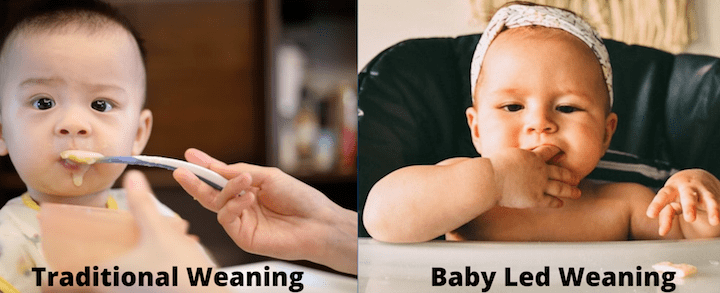
Baby Led Weaning: Pros & Cons
Pros
- Less effort. You don’t have to make separate meals or purees for baby. Baby eats what family eats
- Shared and social eating as baby joins family during meal time from the very beginning
- Encourages babies to be independent as they can self-feed and self-regulate based on hunger cues
- Promotes healthy eating habits – Some research suggests that baby led weaning babies have less chance of being fussy eaters or becoming obese
- Develops fine motor skills, hand-eye coordination, and oral development.
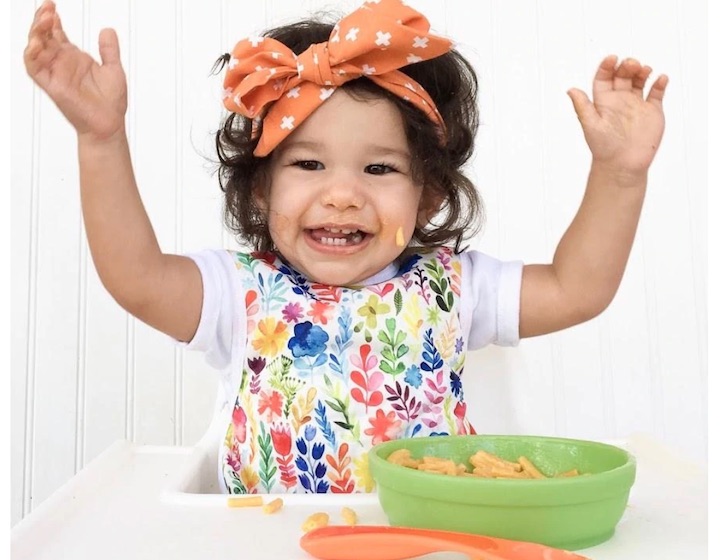
Cons
- Messy! Baby led weaning can get very messy and there is a lot of cleaning up to do. You can however invest in gear like stain-resistant, anti-microbial, machine washable bibs like the BapronBaby bib by Mama Yay (pictured) which safely secures around bub’s body rather than their neck. Plus getting a splash mat for under your bub’s chair helps too.
- Gagging and choking –Research suggests the risk of gagging and choking is not increased with baby led weaning. However, few foods if not cut and prepared correctly according to your baby’s developmental age, could pose a choking hazard. Read more on how to spot the difference between gagging and choking and when to intervene.
- Convincing family requires effort – Family members will have to be educated about baby led weaning methods. Sometimes it gets difficult to convince older family members like grandparents as the concept of a baby self-feeding could seem daunting to them.
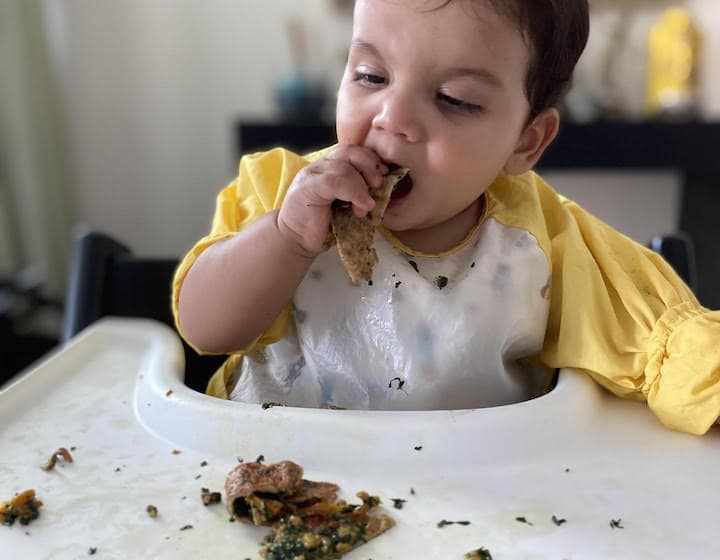
Signs Your Baby is Ready for Solid Food and Baby Led Weaning
Based on current research and WHO guidelines, parents need to wait till baby is 6 months (it can vary a few weeks either way) and not before 4 months, to start solids. Babies don’t need anything other than breastmilk (or formula) for the first 6 months of their life. Infants who begin solids before they are developmentally ready or before 4 months are prone to allergies, choking, obesity and other issues because their digestive system is not ready for solids yet.
Note: Always seek the advice of your doctor before you start your baby on solids.
Before we started solids, we ensured Sid was displaying all these signs of readiness. The following signs appear usually at 6 months and rarely before that.
- Sitting up without support, or with little support, like the back of a chair or your hand. Your baby should be upright while eating, not reclining or slouching
- Good head and neck control without support.
- Lost the tongue-thrust reflex and doesn’t push food outside his mouth and can swallow food. To test if your baby has lost this reflex, you can place a clean spoon into his mouth and see if he pushes it away with his tongue.
- Grabbing every object in sight and wants to put it in his mouth
- Showing interest in the foods you are eating and trying to grab it.
Ready to get started with baby led weaning? Our next baby led weaning article will cover more tips and exactly what you need to do to get started!






 View All
View All




 View All
View All









 View All
View All



